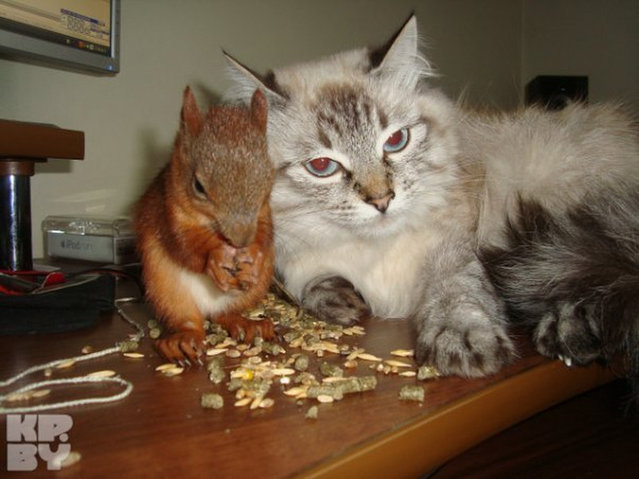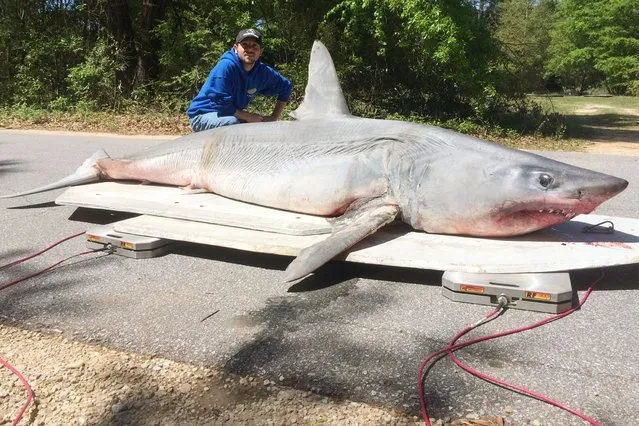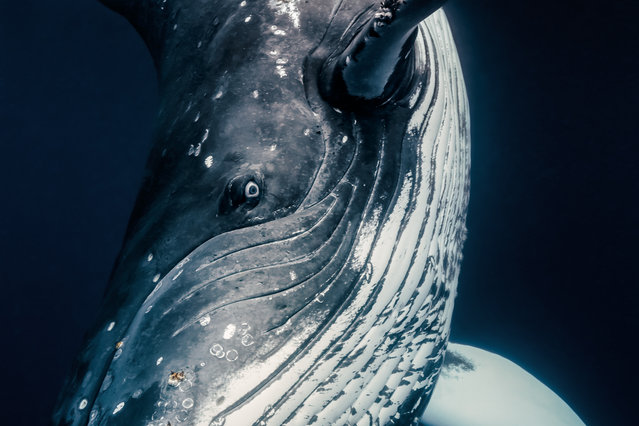
Protesters hold on to each other as they are sprayed with water from police water cannons in Martyr square, downtown Beirut, Lebanon October 8, 2015. Lebanese security forces fired tear gas and water cannons to break up an anti-government protest in Beirut on Thursday, and the country's fractious leaders postponed talks aimed at resolving a political crisis that is feeding public discontent. (Photo by Aziz Taher/Reuters)
11 Oct 2015 08:01:00,post received
0 comments







